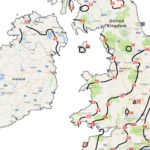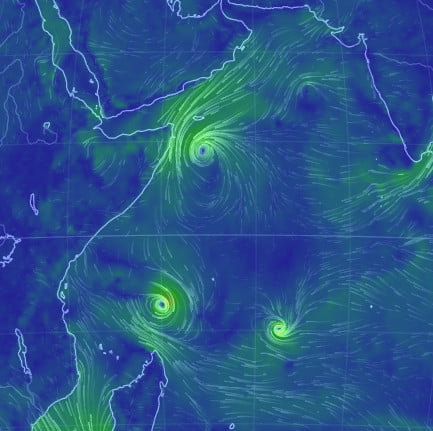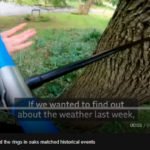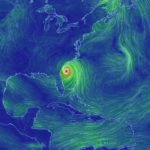By clicking any link on this page you are giving your consent for us to set cookies. More info
Category: Blog
All news and events in this section

Several recent research papers have investigated the impact of rainforest deforestation on local rainfall and temperature.
Find some teaching resources linked to the animation above here.
Free Online Weather CPD for teachers
Passage of a Depression
Year 12 Meteorology Experience Day
The University of Reading will be running an experience day in October half term for any year 12s interested in meteorology. More information here.






